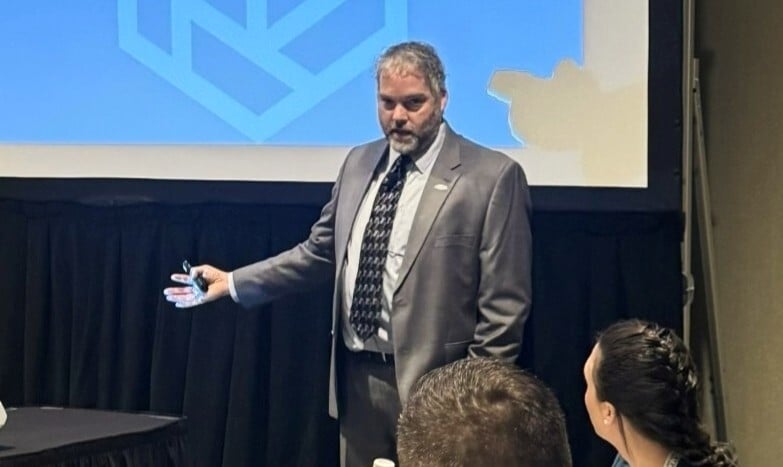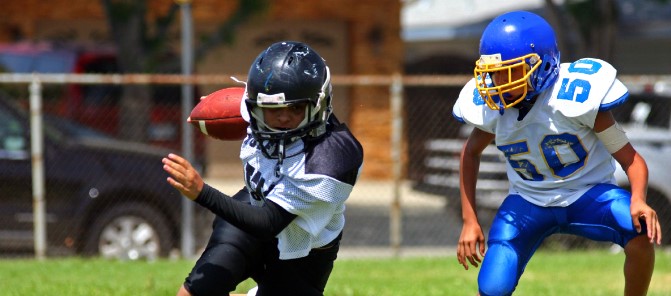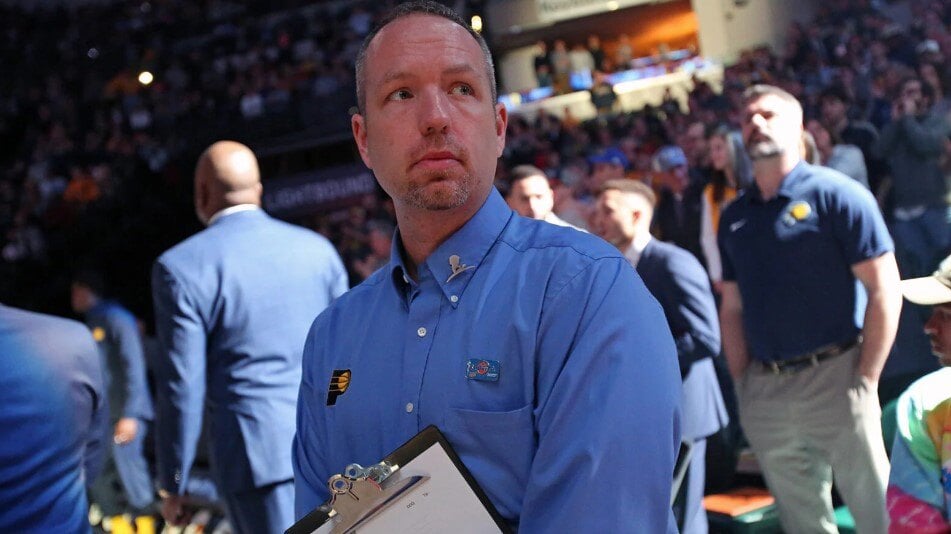New Research Shows Nonsurgical Methods Effective for ACL Ruptures
 While ACL reconstruction surgery remains the predominant solution for ACL ruptures, Australian researchers are demonstrating that conservative nonsurgical methods can be a viable alternative.
While ACL reconstruction surgery remains the predominant solution for ACL ruptures, Australian researchers are demonstrating that conservative nonsurgical methods can be a viable alternative.
For years, the prevailing belief was that a ruptured anterior cruciate ligament (ACL) — the dense connective tissue inside the knee connecting the femur (thigh bone) to the tibia (shin bone) — had limited healing capacity.
 The common treatment involved ACL reconstruction, where the ruptured ligament is replaced with a graft tendon from the hamstring, patella, or quadriceps. However, recent studies led by researchers at the University of Melbourne are challenging this notion.
The common treatment involved ACL reconstruction, where the ruptured ligament is replaced with a graft tendon from the hamstring, patella, or quadriceps. However, recent studies led by researchers at the University of Melbourne are challenging this notion.
Promising New Research
Stephanie Filbay, principal research associate at the University of Melbourne’s Department of Physiotherapy, has been at the forefront of this research. Filbay has led two significant studies on ACL rehabilitation. The most recent study demonstrated the capacity for the ACL to self-heal, while an earlier study explored the use of a nonsurgical “cross-bracing protocol.”
“In our recent study, we found that those with these signs of healing had excellent 12-month outcomes, including knee function, quality of life, and stability — and 92% had returned to pre-injury sports."
Filbay emphasized that different degrees of ACL healing exist. In many cases, conservative management can restore the ACL to its pre-injury appearance, as confirmed by magnetic resonance imaging (MRI).
“In a different study, we found that people with signs of ACL healing on a two-year MRI reported better patient-reported outcomes at two years compared to people who had undergone ACL surgery.”
Evidence of ACL Self-Healing
A study published in the British Journal of Sports Medicine in November 2022 analyzed 120 active, non-professional athletes aged 18 to 35 with ruptured ACLs. These athletes were managed with either early ACL reconstruction or rehabilitation and optional delayed surgery. Data was collected through MRIs, radiographs, passive knee laxity measures, and patient-reported outcomes at various intervals over five years.
Among the 30 participants who chose rehabilitation alone, 16 (53%) showed evidence of healing at two years, with 58% showing healing at five years. Healing was observable on MRI as early as three months post-injury. Participants reported better sports and recreational function and quality of life two years post-injury compared to those who had reconstructive surgery.
Cross-Bracing Protocol (CBP)
Filbay furthered her research by studying the effects of the “cross-bracing protocol” (CBP) on a torn ACL. Published in June 2023, this study included 80 participants aged 10 to 58, with four professional athletes.
Participants had an MRI-confirmed acute ACL rupture and underwent a protocol developed by the late orthopedic surgeon Dr. Mervyn Cross. The protocol involved immobilizing the knee at 90 degrees for four weeks, followed by progressive rehabilitation.
The study found that 90% of participants (72 people) showed evidence of ACL healing on MRI three months post-injury. However, 11 participants (14%) experienced reinjury, and only one of 39 participants with a meniscal injury had persistent symptoms requiring surgery.
Implications and Future Research
The findings suggest a potential shift in treating ACL ruptures, emphasizing the importance of conservative methods like CBP.
“Professional athletes face unique pressures when deciding on a treatment decision, including tight return-to-sport timelines. Like any person with an ACL injury, they should weigh up the pros and cons of different treatment strategies to choose a treatment that works best for them.”
A large multisite randomized controlled trial of CBP on ACL ruptures is currently underway, indicating ongoing research to validate these findings.
Preventing ACL Injuries
ACL injuries commonly occur from sudden twisting motions, quick changes in direction, or incorrect landing techniques. Strengthening and maintaining flexibility in the muscles around the knee can help prevent these injuries.
Athletes should seek immediate assessment from an Athletic Trainer or physician if an ACL injury is suspected, typically confirmed through physical tests, X-rays, or MRIs.
This growing body of research offers hope for less invasive treatment options for ACL ruptures, potentially reducing the long-term risks associated with surgical interventions.
Read more here!
![HR Logo [Recovered]_Full Color Vertical-1](https://blog.healthyroster.com/hs-fs/hubfs/HR%20Logo%20%5BRecovered%5D_Full%20Color%20Vertical-1.png?width=199&height=178&name=HR%20Logo%20%5BRecovered%5D_Full%20Color%20Vertical-1.png)
 By
By


